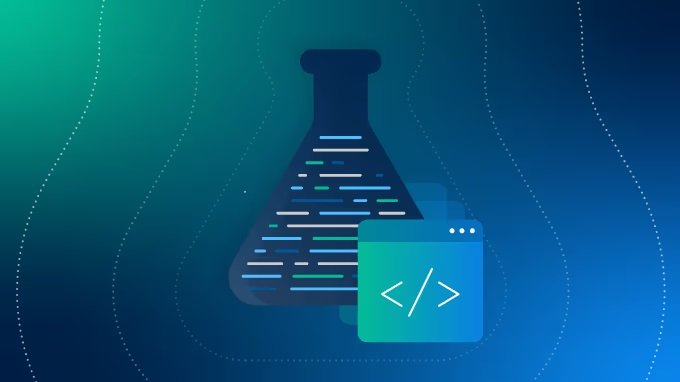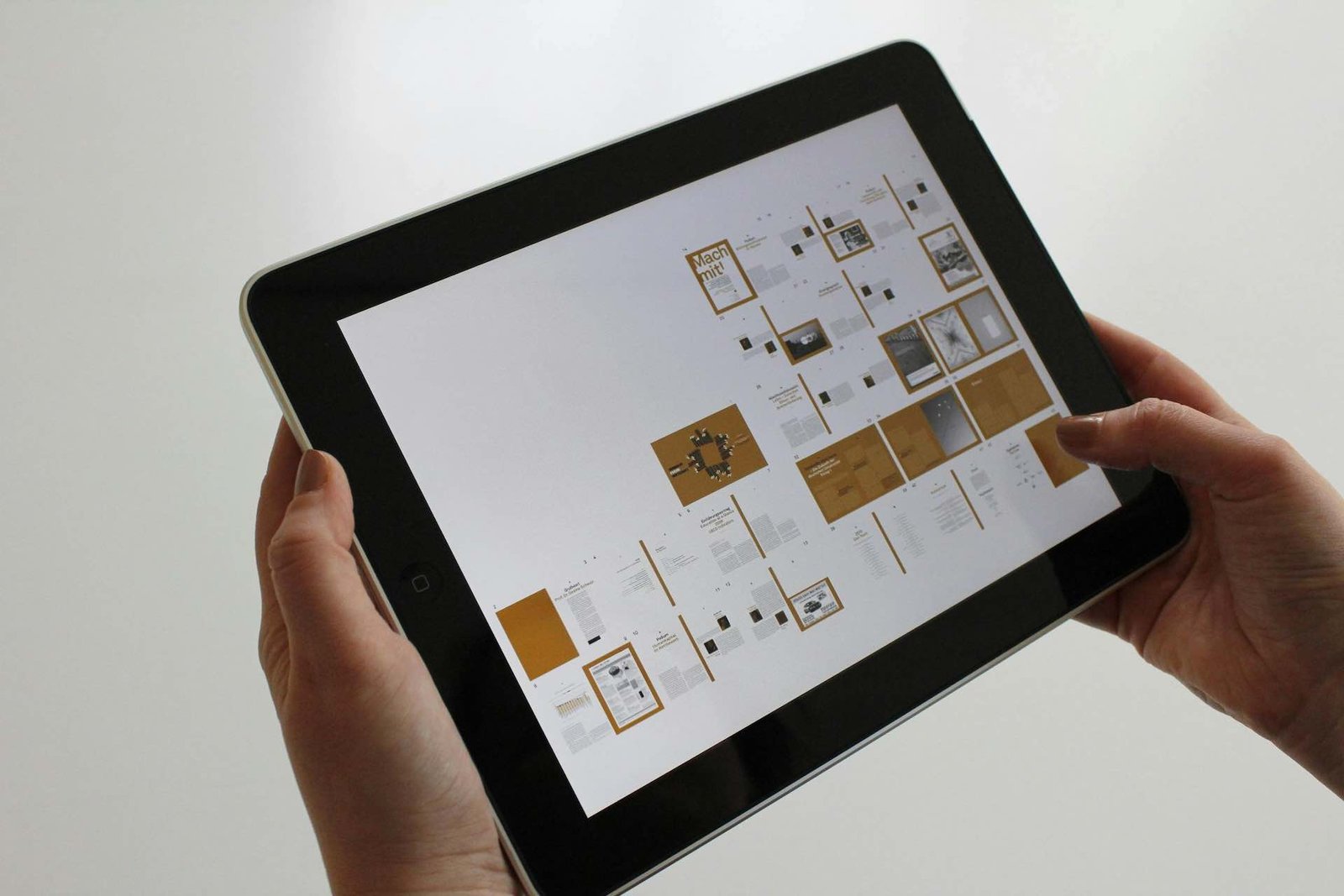Creating flawless digital experiences has become a top priority in the age of agile development and DevOps. Software quality assurance (QA) is still a bottleneck for many teams, though, particularly when it comes to traditional test automation frameworks that demand a lot of coding expertise and ongoing maintenance. Codeless automation tools can help with this, as they speed up test creation and lower technical debt.
These tools enable QA teams to quickly and accurately evaluate crucial workflows when paired with strong functional testing procedures. This essay examines how codeless automation is changing functional testing going forward and why ACCELQ and similar platforms are at the forefront of this development.
Functional Testing’s Function in Software Development
The foundation of software validation is functional testing. It guarantees that all of an application’s features operate as planned, in compliance with specifications and user expectations.
When releasing a banking app, retail website, or healthcare portal, functional testing aids in identifying errors in the following areas: payments processing; form submissions; API integrations; user navigation and user interface behavior; and login and authentication.
Functional Testing Types
Type and Goal
Testing for SmokeBasic post-build checks to guarantee system stability
Testing for RegressionVerify that no features have been broken by recent updates.
Testing for Integrationconfirms the data flow between several modules.
Testing for User Acceptanceconfirms system preparedness from the perspective of a business user.
Functional tests were traditionally written by hand or with coded frameworks like Selenium. Despite their effectiveness, these methods frequently presented scaling issues.
________________________________________
Come on in Automation of Codeless Tests
Testers may create, execute, and manage test cases without writing a single line of code thanks to automated testing in code and automation tools. This democratizes automation and frees up developers’ time by empowering business analysts and manual testers.
Advantages of Codeless Automation Features
No Need for Programmingenables non-technical people to create tests
Quick Test DevelopmentScripting is accelerated by drag-and-drop or natural language-based interfaces.
Simple UpkeepVisual and AI-powered element recognition makes tests less brittle.
Cross-platform compatibility facilitates testing on desktop, mobile, web, and API platforms.
Aligning Business ProcessesTests are modeled closer to end-user flows.
How Is Functional Testing Changed by Codeless Automation?
Let’s see how codeless automation and functional testing work together:
Conventional Functional TestingFunctional Testing Without Code (ACCELQ, for example)
Test scenarios that are script-basedAuthoring test cases in an easy-to-use and visual manner
Regular redesign as a result of UI modificationsAuto-healing properties to adjust to modifications
Tools for UI/API testing that are distinctA unified platform for automation from start to finish
Debugging for a long timeIntelligent reporting and test insights powered by AI
________________________________________
ACCELQ is the platform spotlight.
One of the top AI-powered codeless automation platforms, ACCELQ was developed to facilitate enterprise-scale functional testing for desktop, mobile, API, online, and backend applications.
Features of ACCELQ Functional Testing:
CI/CD Integrations: Supports Jenkins, Azure, GitHub, and more; Smart Locators: Minimizes flakiness with AI-powered object detection; Business Process Mapping: Aligns tests with functional workflows; and Codeless Interface: Visually build tests using English-like syntax.
• Complete Coverage: Automates the whole technology stack
Without the hassle of scripting, ACCELQ facilitates smooth functional validation for every type of transaction, including banking, e-commerce checkout flows, and Salesforce forms.
________________________________________
Examples of Use Cases: The Magnificence of Codeless Functional Testing
Use CaseHow Agile Sprint Cycles Benefit from Codeless Functional Testingallows for quick automation in tandem with development.
Suites of Regression TestsReusing test assets is simple and requires little modifications.
Complex Workflows in BusinessIn test design, visual flow modeling eliminates uncertainty.
Applications for Multiple PlatformsIntegrated web, mobile, and API scripting on a single platform
Legacy Validation of the Systemcomplexity abstraction with high-level test flows
________________________________________
The Effect of Going Codeless on Business
The benefits of codeless functional automation for QA teams and decision-makers extend beyond speed. It results in improved cooperation, lower risk, and cost effectiveness.
Codeless Tools’ Quantified Advantages (based on market benchmarks)
Metric Using Codeless Automation and Conventional Tools
High Test Development Time (2–5 hours per test)Short (30–60 minutes each test)
Upkeep Above30% to 40% of the sprint timeLess than 10%
Time Spent onboarding testers4–6 weeksOne to two weeks
Coverage of Automation (Avg Teams)30–50%70–90%
By eliminating bottlenecks, codeless automation solutions like ACCELQ allow QA to become an ongoing component of the SDLC rather than a last-mile activity.
Practical Use: Operational Automation
Think about these real-world situations:
Develop codeless test scenarios for the cart, payment, and discounts in the retail app checkout flow. As the user interface changes, ACCELQ automatically updates the elements.
• Banking Loan Approval System: A visual interface maps business operations such as document upload, verification, and approval into functional workflows.
• Healthcare Portal: AI-powered assertions and drag-and-drop test blocks are used to functionally assess patient record flows.
Codeless functional testing is a high priority in QA modernization initiatives because of its versatility.
Deeper Understanding: Using AI to Future-Proof Functional Testing
Codeless technologies are about enabling intelligent testing, not merely about avoiding coding. ACCELQ and other platforms are already using AI to advance:
• Test Suggestions: AI uses app usage trends to provide missing situations.
• Self-Healing Tests: Locators adapt on their own when the user interface changes.
• Smart Assertions: Reduce false positives by validating only what is important.
Using brittle test scripts becomes riskier as program complexity rises. In addition to supporting functional testing, AI-enabled codeless platforms also make it future-proof.
Concluding remarks
These are the reasoning behind how codeless automation technologies and functional testing are transforming the practices of contemporary QA teams. Scripting and debugging tasks that once took weeks can now be completed in a matter of days or even hours.
The speed, scalability, and intelligence required to keep up with the rapid development cycles of today are provided by tools like ACCELQ. They enable testers, developers, and business users to collaborate together, bridging the gap between the software’s real performance and the expectations placed on it.



